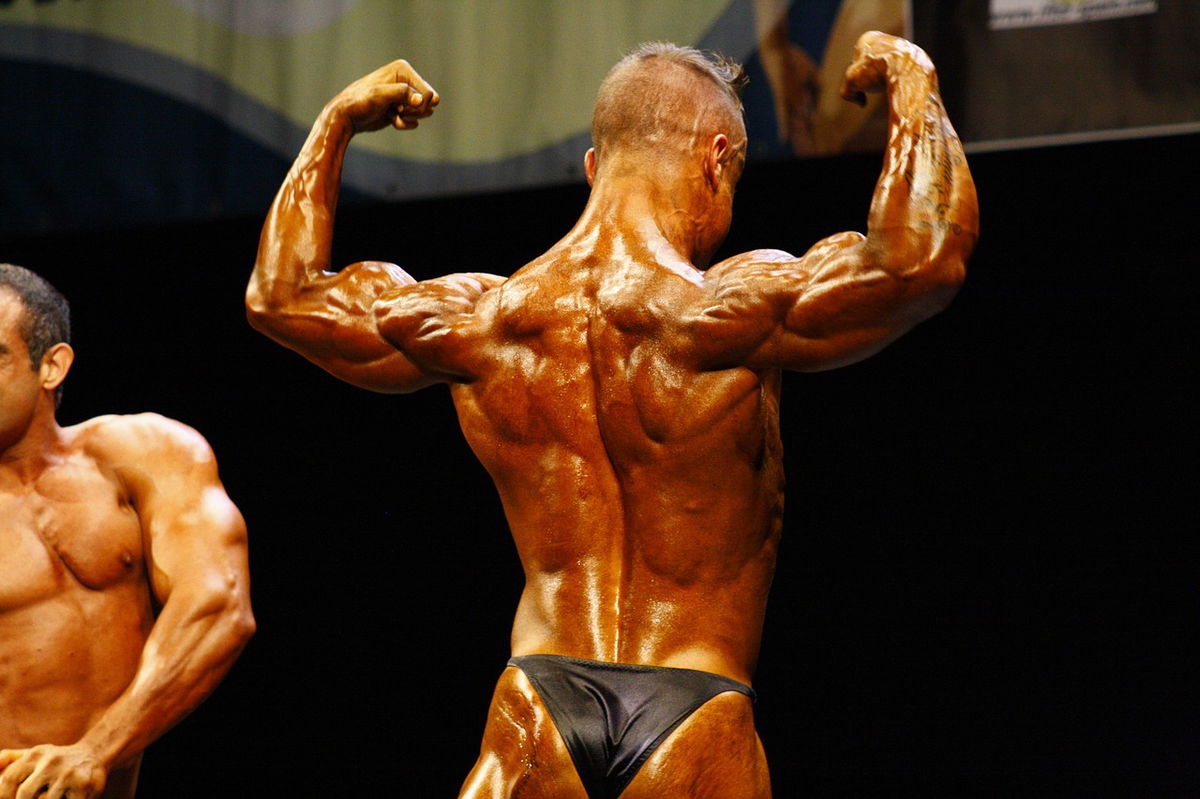

Arnold Schwarzenegger, the bodybuilding champion of the 1970s, inspired many youngsters to train with weights to own a sculpted physique. While a few opted for bodybuilding to compete, others followed it as a fitness routine. But conditions have changed since the late 1990s. The bodybuilding and online fitness arena are now dominated by extremely ripped physiques with single-digit body fats and dehydrated systems.
Watch What’s Trending Now!
While bodybuilding icons maintain such harsh regimes to win trophies and titles, online fitness influencers comply with the bodybuilding regime in a bid to gain likes and followers on social media. But what is making fitness enthusiasts risk their lives to attain a shredded and buffed look?
ADVERTISEMENT
The alarming scenario
The fitness world has evolved in the past few years. Technological advances in the last two decades have promoted a sedentary lifestyle and the emergence of fast-food chains enhanced unhealthy food practices. However, the advent of the gym setup motivated people towards weightlifting and cardio sessions to maintain a healthy lifestyle. But soon, this fitness journey turned into an unhealthy obsession with attaining the most perfect physique.
The onset of the social media era fueled the growth of influencer culture in many sectors, and the fitness arena did not miss out. Now, bulking up and muscle building are a means to build a fitness community online, which also serves as a financial means. So, unlike the earlier decades, bodybuilding turned out to be quite rewarding financially as the masses leaned on fitness coaches for their weight loss solutions. Despite not competing for bodybuilding titles, fitness influencers started opting for bodybuilding principles and protocols for a shredded physique.
Top Stories
Everything You Need to Know About Mr. Olympia’s Sole Owner Jake Wood, Who Also Brought Ms. Olympia Back

Why Tadalafil Is Used in Bodybuilding: Is It Actually Safe and Effective?
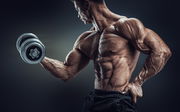
Who Is Dexter Jackson: Bodybuilder with the Most Arnold Classic Wins

Russian Bodybuilding Beast Aka She-Hulk Savagely Shrugs Off Haters Trying to Get Under Her Skin: “Don’t Write Crap to Other People”
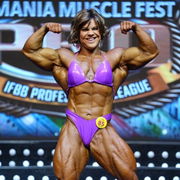
48 YO Fruitarian Bodybuilder, Who Went to Prison and Later Survived a Heart Attack, Explains Why Bodybuilders Tend to Commit Suicide
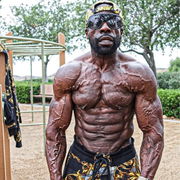
There is a catch, though. In this generation, not all muscle gains are natural. Unhealthy supplement intake is often blamed by experts and elites as a reason for the untimely deaths of bodybuilders and fitness enthusiasts. Arnold Schwarzenegger had to comment on the concerning scenario after several young bodybuilders collapsed in the recent past. Referring to the current bodybuilding icons, the Austrian Oak said, “They have taken it, in my opinion, too far. It has gotten too competitive.” The 76-year-old also complained, “They’re gonna take more and more stuff that they’re not supposed to, and sometimes it kills people,” while speaking to the Insider.
ADVERTISEMENT
Watch This Story | From Ronnie Coleman’s Dominance to Arnold Schwarzenegger’s 1980 Comeback– Here Are the Top Bodybuilding Moments
This year, fitness influencer Jo Lindner died due to an aneurysm at 30 while the bodybuilding icon Gustavo Badell succumbed to a heart attack at 50, upsetting the bodybuilding world. Bodybuilding champions like Cedric McMillan, Dallas McCarver, Ashley Gearhart, and many others died young, forcing the Austrian Oak to call bodybuilding the most dangerous sport.
ADVERTISEMENT
Why are bodybuilders still opting for a shredded physique despite the risks involved?
Many bodybuilders take up the risky affair to win competitions. Unlike the 1950s to 1970s, the sport has become increasingly popular among the masses, and winning a bodybuilding title could fetch fame apart from huge remuneration. Passion to become the best bodybuilder in the world also makes youngsters opt for it. However, the Mr. Olympia stage transformed from its aesthetic-focused phase to a mass monster era, demanding the bodybuilders to bulk up tremendously. The absence of stringent regulations in the arena is also letting bodybuilders use PEDs uninhibitedly.
It is no more a secret that competing athletes depend on PEDs to reign on the stage. Recently retired bodybuilding champion Iain Valliere, who has competed in Mr. Olympia events, remarked, “It depends like, are you wanting to win the Olympia, be on the Olympia stage because obviously, especially in men’s open bodybuilding, there’s absolutely nobody up there that is not taking PEDs, unfortunately,” while speaking about natural bodybuilding.
ADVERTISEMENT
Even after retiring from the competitive stage, the icons could shift to the business side of the arena, like the supplement or coaching industry, fetching a decent living. So, losing on such a remunerative profession is often not acceptable by bodybuilders. But why are youngsters running behind a ripped physique?
The social media factor
The advent of social media channels like Facebook, YouTube, and Instagram helped to bring the world much closer. The COVID-19 pandemic has only enhanced the platforms’ popularity with the boom of influencing culture. Fitness influencing is now a trend and is complimented by the unregulated supplement industry, guiding youngsters into risky territories.
ADVERTISEMENT
The Journal of Adolescent Health published a research study by Nagata and the team in 2019 that reported rising numbers of teens and young lads, who are trying to bulk up. Nagata and co-researchers observed that 22% of young men were involved in muscle-building behaviors, with 17% focusing on dietary changes, 7% on supplement use, and 3% on androgenic-anabolic steroid use.
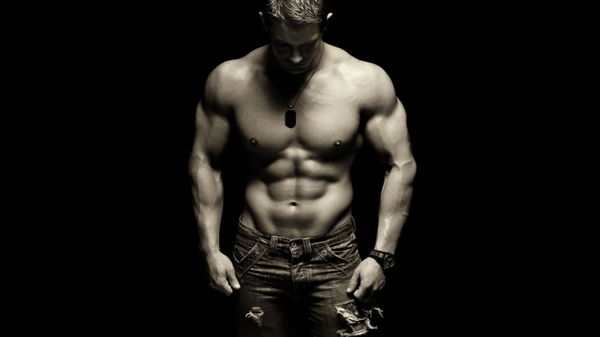
ADVERTISEMENT
Body image issues also contribute to such behavior, as many believe that a muscular physique is an ideal body type for men. Social media has only fueled this ideology, as men with ripped physiques have more followers and can become influencers. But the means of earning such muscle gains are often neglected, making the entire fitness concept a farce of late. Lack of proper guidance and supervision is also to be blamed, as social media is now the ultimate guru.
But the only way forward would be educating youngsters on body positivity and healthy fitness practices. What are your thoughts on leading a fit life? Is it a ripped physique or a sustainable body parameter? Let us know your viewpoints in the comment section below!
ADVERTISEMENT
ADVERTISEMENT
ADVERTISEMENT
ADVERTISEMENT

